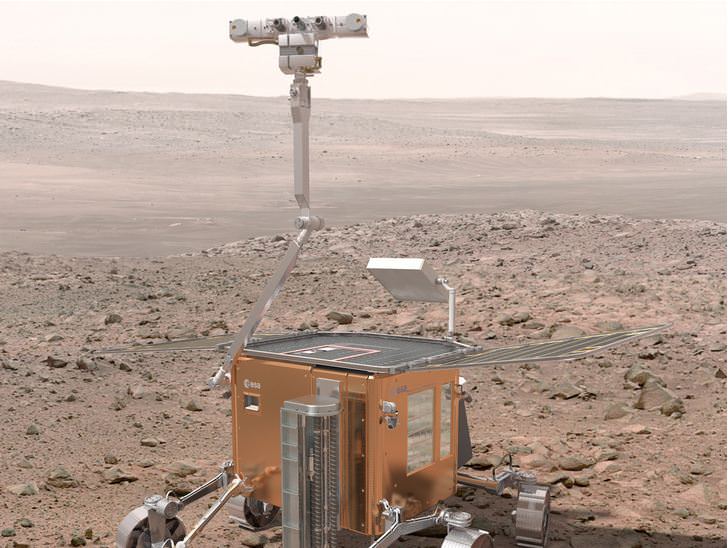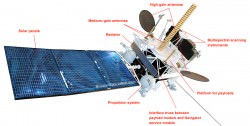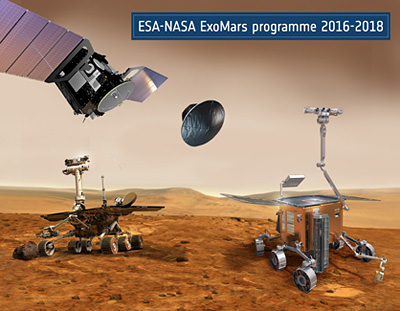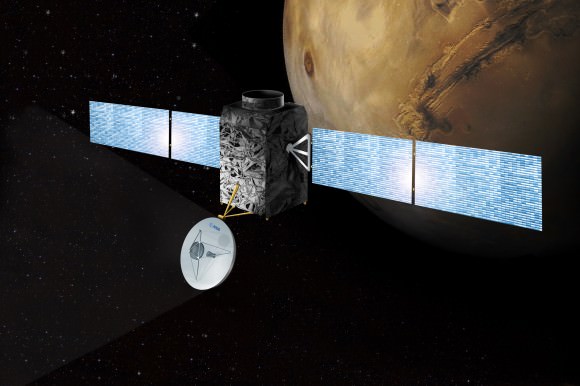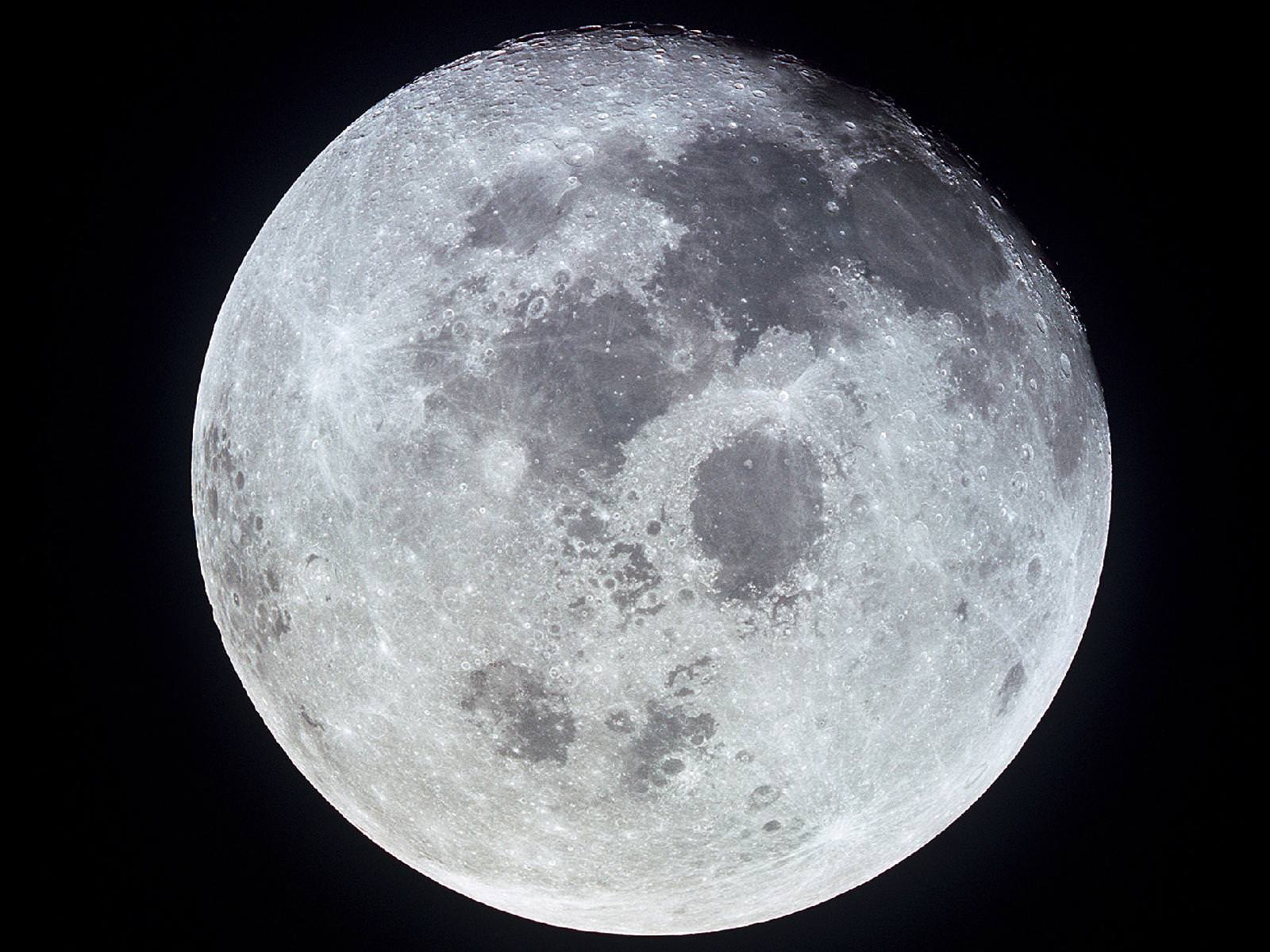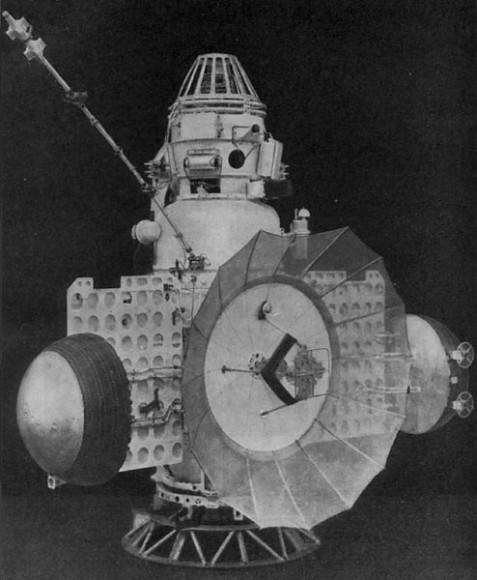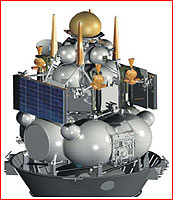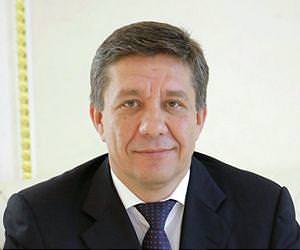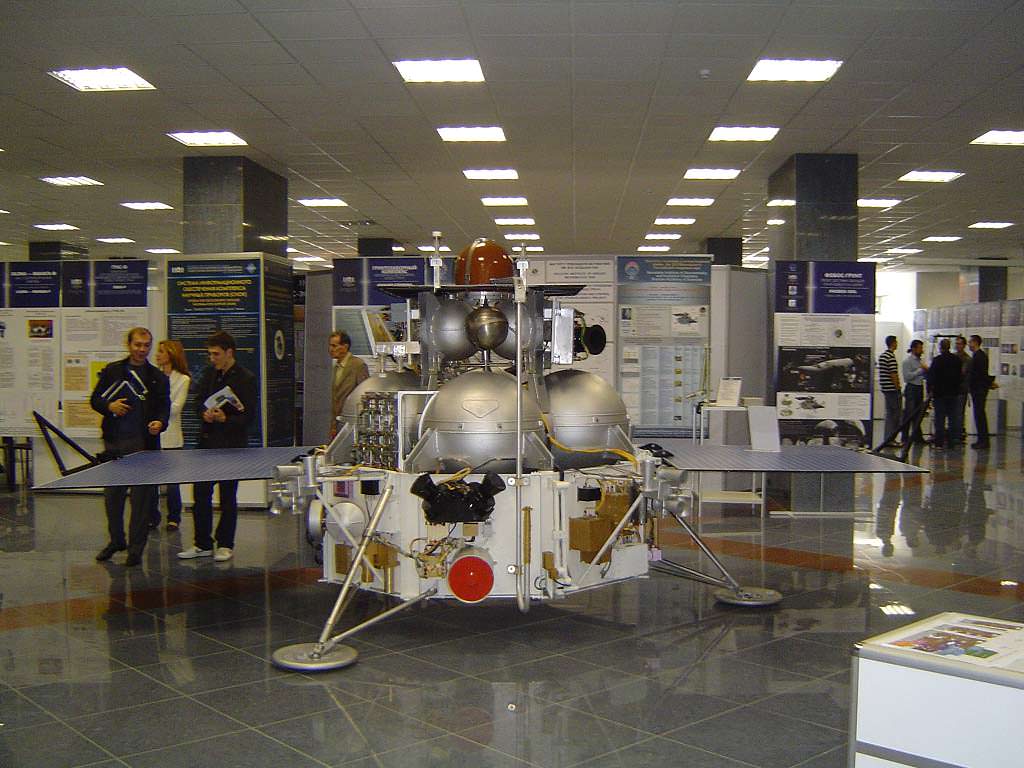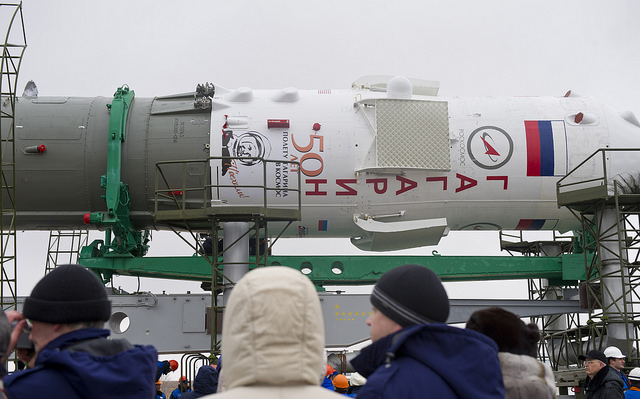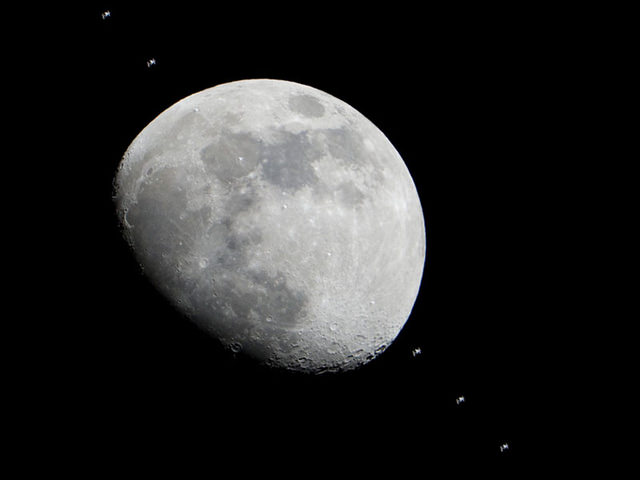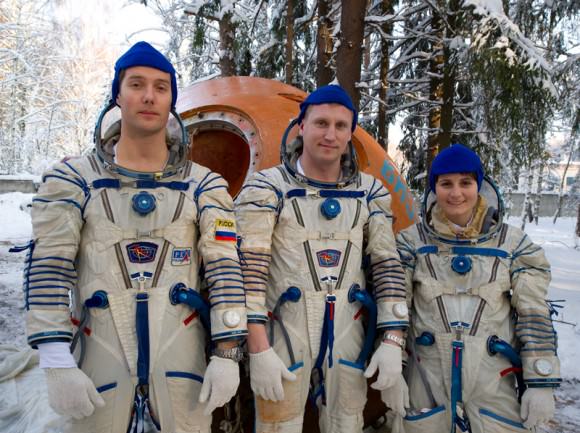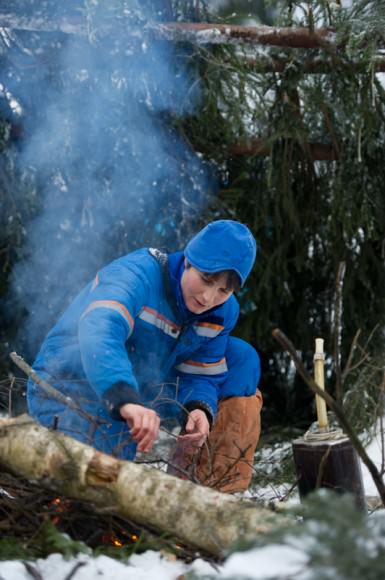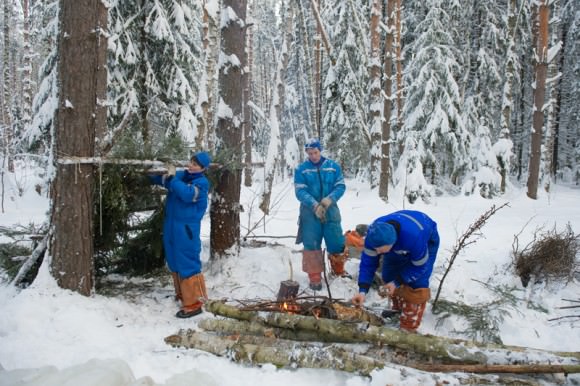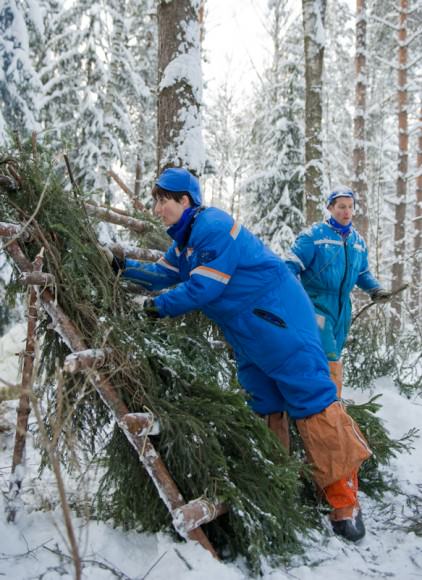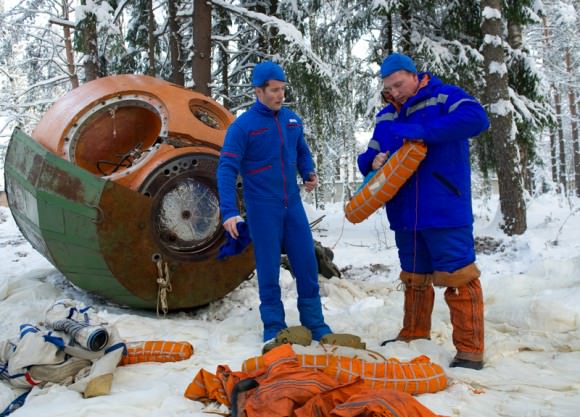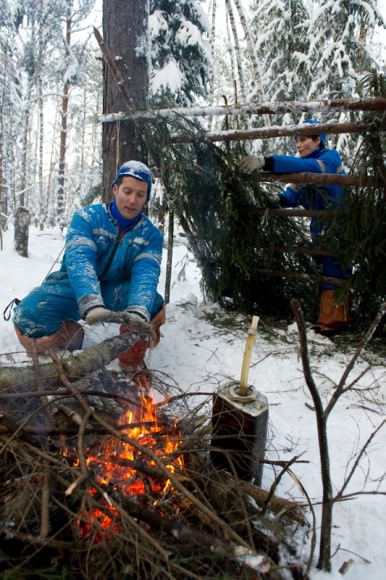The Progress 50 resupply ship has now arrived at the International Space Station, just hours after it launched from the Baikonur Cosmodrome in Kazakhstan. Launch took place at 9:41 a.m. EST, (14:40 UTC) today (February 11, 2013) and it took only a four-orbit journey to rendezvous with the ISS, docking at 3:34 pm EST (20:35 UTC).
“Progress 50 just docked to our Space Station!” Tweeted astronaut Chris Hadfield (@Cmdr_Hadfield) “I was right at the hatch, it made a quick sliding scraping noise & then a solid thud. Success!”
This is third successful execution of the new, modified launch and docking profile for the Russion Progress ships, and its success is paving the way for its first use on a manned mission – possibly as early as March 2013 for Soyuz TMA-08, Roscosmos said via Facebook. Russian cosmonaut Gennady Padalka has been quoted as saying it is every cosmonaut’s dream to only have a 6-hour flight in the cramped Soyuz.
Watch the launch and docking video below:
Normally, Progress supply ships –and manned Soyuz capsules — are launched on trajectories that require about two days, or 34 orbits, to reach the ISS. The new fast-track trajectory has the rocket launching shortly after the ISS passes overhead — today, the space station was just 1,400 kilometers (870 miles) downrange from the launch site at the time of liftoff. Then additional firings of the Progress engines early in its mission expedites the time required for a Russian vehicle to reach the complex.
That also give the ISS crew the chance to actually see the launch from orbit. Today, NASA-TV commentator Kyle Herring said that ISS commander Kevin Ford reported he was able to see the first stage separation, which occurred about two minutes after launch. Herring said the cameras on the International Space Station were pointed to try and observe the launch. We’ll add any images here, if the cameras were able to capture anything.
Progress 50 is carrying 2.9 tons of supplies and equipment, including 800 kg (1,764 pounds) of space station propellant, 50 kg (110 lbs)of oxygen and air, 420 kg (926lbs) of water and 1,360 kg (3,000 lbs) of spare parts, science gear and other dry cargo. Right now, this Progress is scheduled to remain docked at the ISS until late April. The previous Progress cargo ship undocked from the Pirs module of the International Space Station at 13:15 GMT on Saturday February 9 and re-entered Earth’s atmosphere over the Pacific Ocean, burning up during re-entry.
Earlier this month, NASA’s Space Station Program Manager Mike Suffradini said the space station partners have tentatively agreed to try a the fast-track trajectory with a manned mission “at least once or twice to show we have the capability in case we need to get to ISS quick for any reason.”
He added that the decision to fly like this long-term is still to be determined.
This article has been updated.


